Historical relic of Bui Huu family temple in Tho Thuong village.
Until today, Ke Dam is known as the oldest name of Thang Tho land. During the Ly - Tran dynasties, this place was still a wild place, without villages. During the Le dynasty, a group of people came to Nong Cong land, passed Ke Dam, stopped to establish a village, built a career and named the village Sa Vy (now Tho Thuong village). However, after that, due to the events that happened, the people scattered.
At the beginning of the 18th century, the ancestor of the Bui Huu family came from Nghe An to Thanh Hoa to find a place to settle down. When he arrived at Ke Dam, he saw that although the place was still wild, the scenery was lush and the birds were singing happily, so he decided to stop and reclaim the land. In no time, under the hands of people, it became rice fields. After the Bui Huu family, other families also came to Ke Dam, growing in number every day, together uniting to build villages. Today, Thang Tho includes 3 hamlets (villages): Tho Thuong, Tho Khang and Tho Dong. Of which, Tho Thuong is considered the "original" village of Thang Tho land, with people coming to live there earlier than the rest.
According to records and legends, Tho Thuong is also known by names such as Thuong Van, Thuong Van, Ngoc Dam... From the first generations who came to Tho Thuong to reclaim land and establish villages, until now, Tho Thuong land still preserves the names of the fields in the early days of village establishment. Such as Nap field, Trai field, Mon field, Lan field, Thanh Yen field, But Muc field...
After nearly 4 centuries, since the Bui Huu clan came to establish the village, today there are more than 40 clans living together in Tho Thuong. Tho Thuong village has the typical beauty of the villages in Nong Cong with immense peacock gardens - a place where storks and birds return in the afternoon. Elderly people in the village recount that only a few decades ago, peacock leaves were still an important material for people to roof their houses. In the middle of the village, there is an ancient banyan tree reflecting its shadow next to a clear well (commonly called the well by villagers). From the main road into the village are small hamlets such as Thuong Bac, Thuong Trung, Thuong Nam and Thuong Binh.
And like many traditional Vietnamese villages, in Tho Thuong there used to be many spiritual architectural works such as a Buddhist temple (Thuong Cat pagoda), a communal house to worship Thanh Hoang, a temple of Ba Nuong Nuong, a guard post (a place where young men in the village gathered to take turns patrolling and protecting the village)...
In Tho Thuong, the descendant of the Bui Huu family is Bui Huu Hieu - one of the historical figures in the late 18th century. He followed King Quang Trung to the North to defeat the Qing army, and later made many glorious achievements, becoming a deputy admiral, bringing glory not only to the Bui Huu family but also to the whole Thuong Tho land. Today, on the land of Tho Thuong village, the historical relic of the communal house and the tomb of the Bui Huu family is like a reminder to future generations of the great family's contributions to the process of reclaiming, establishing the village and bringing glory to the land.
In Tho Thuong land, besides farming, carpentry has a history of development of hundreds of years. Carpentry in Thuong Van village (Tho Thuong village) was recognized as a traditional profession by the Provincial People's Committee in 2015.
Established later than Tho Thuong is Tho Khang village. The village is located in the northeast of Thang Tho commune. This place is also known by many different names such as Nga village, Bu village, Phu Tho , Khang Ninh... In Tho Khang, there are many large fields with ancient names such as Dong Gieng, Ma Ba, Bai Trang, Dong Vang, Ma Xan, Con Ken, Dong Chua... In Tho Khang, there used to be Binh Voi pagoda. Unfortunately, over time, for many reasons, the pagoda is now only remembered in the stories of the elderly.
Tho Dong is located in the East of Ke Dam land. In addition to the name Tho Dong, through the process of establishment and development, the village also has the names of Bu hamlet, Bu village, Thuong Du Dong. In the past, Tho Dong had a full range of cultural architectural works associated with the religious life of local people such as Dong Thon pagoda, Phuc communal house, and communal house.
Over time with many historical changes, some cultural architectural works in Thang Tho only have traces that are remembered in the stories of the elderly. In recent years, thanks to the joint efforts and consensus of the people, some architectural works associated with the religious and spiritual life of the people are being gradually restored... Looking back at the history of the development of the homeland, from a wild land, overgrown with reeds, sparsely populated, over time thanks to the hands, minds, and constant hard work of generations of local people, Thang Tho today has been gradually changing both the appearance of the village and the lives of the people.
Article and photos: Khanh Loc
Source: https://baothanhhoa.vn/tren-dat-ke-dam-252785.htm


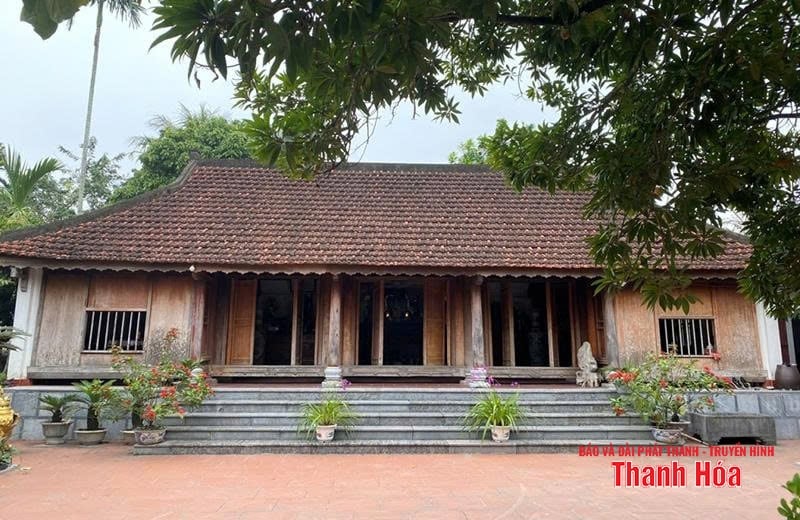






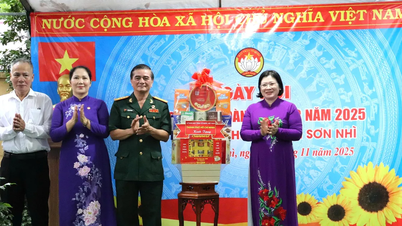

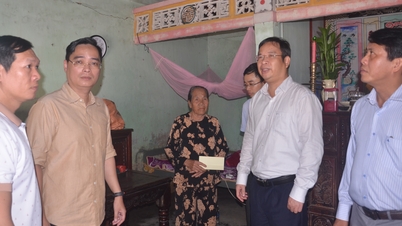

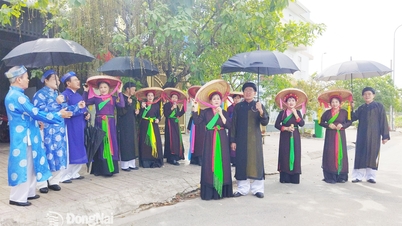



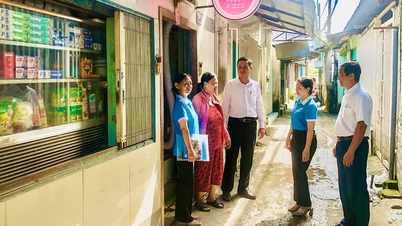

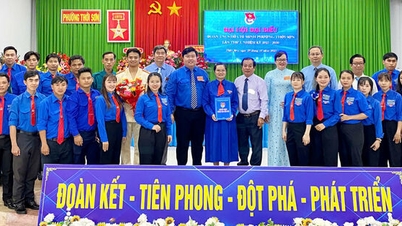




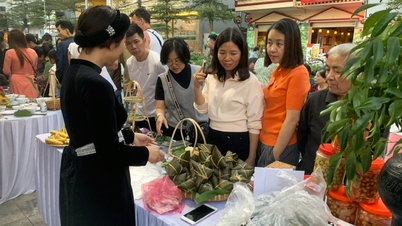




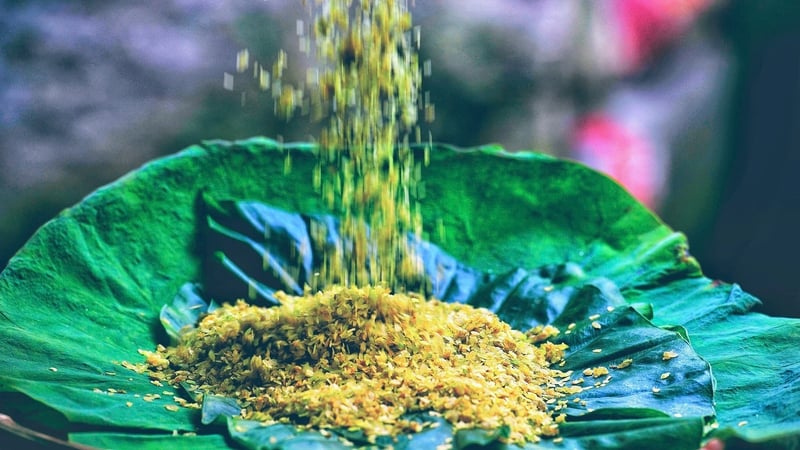



![[E-Magazine]: Winter comes, calling love back](https://vphoto.vietnam.vn/thumb/402x226/vietnam/resource/IMAGE/2025/11/07/1762519247877_e-magazine-dong-w1200t0-di2544d199d5163001t11920l1-v-128.webp)
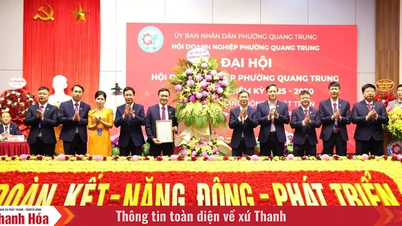

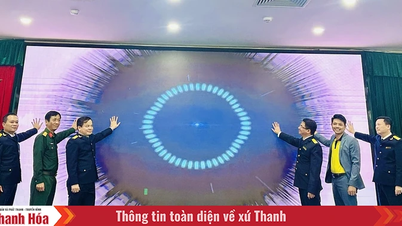
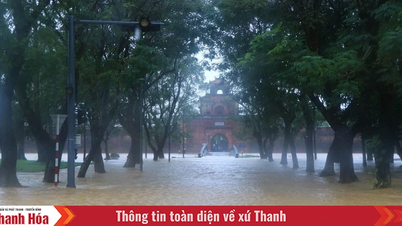





![[Video] Hue Monuments reopen to welcome visitors](https://vphoto.vietnam.vn/thumb/402x226/vietnam/resource/IMAGE/2025/11/05/1762301089171_dung01-05-43-09still013-jpg.webp)



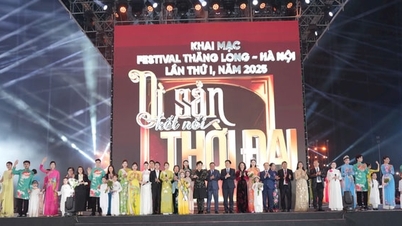



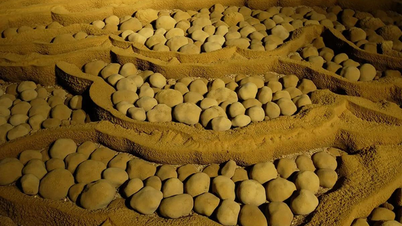


















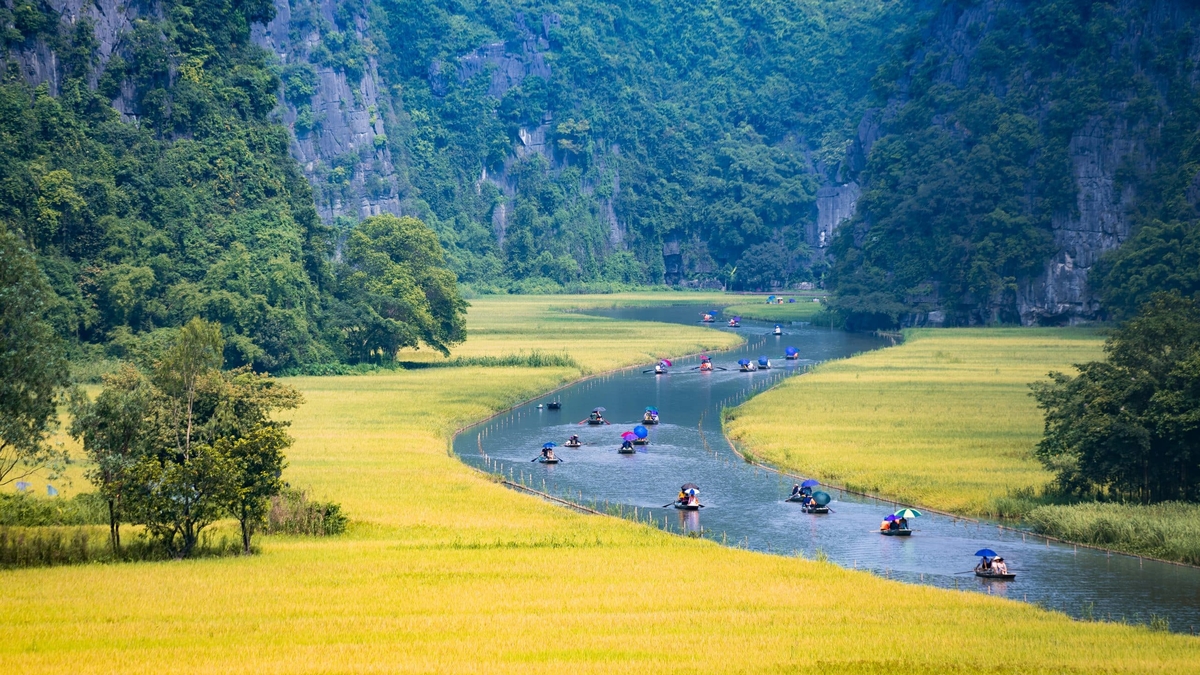
















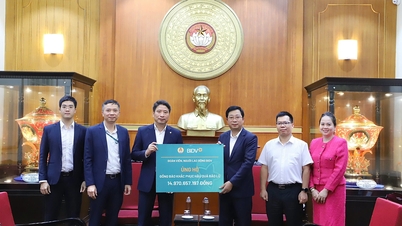




























Comment (0)